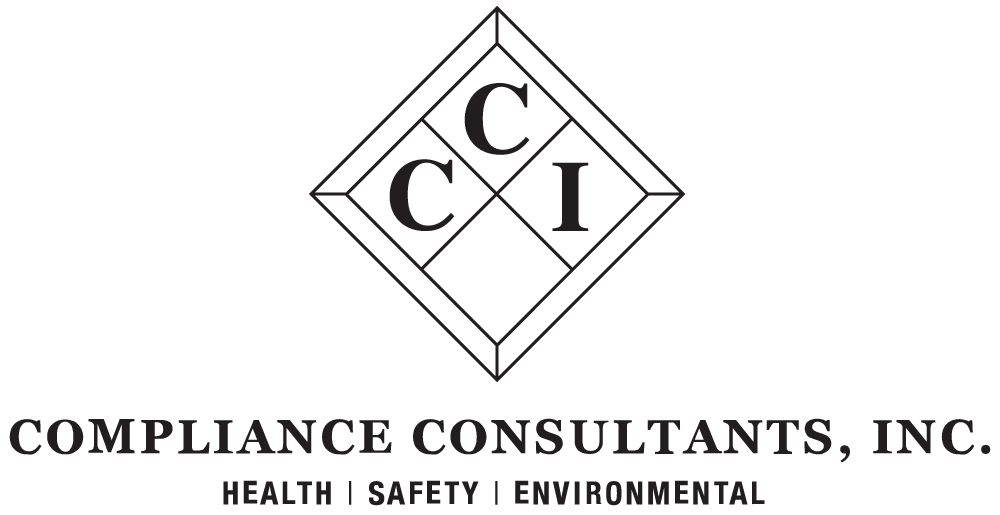
Top 10 Tips for a Successful Training Program
So you’ve come to the realization that your company must provide safety training for its employees. Good for you; that’s half the battle! Wondering where to start? Here are our Top Ten Tips for implementing a successful training program:
-
- Assess Your Needs: You need to know the safety hazards your employees are exposed to. Some may be obvious, others not so much. Ask your employees what topics they need to be trained on. They’ll likely have great ideas and also be more willing to buy-in to the training. A formal workplace hazard analysis can also provide topics that need to be covered.
- Applicable & Practical: Be sure the training is specific to the workplace and to the jobs that your employees are doing. There’s no sense training workers on topics that they can’t take back and immediately put to use.
- Interactive: People learn better when they’re doing, rather than being talked at. If students are sitting for hours at a time listening to an instructor drone on and on, they’re tuning out. (Think “Bueller, Bueller…”) Training should be hands-on whenever possible. Students should also be able to ask questions throughout and receive thoughtful, quality answers.
- Classroom Learning: Studies show that classroom training is the best way for people to learn. Online training can be useful, and sometimes necessary, but whenever possible opt for classroom training for a better learning experience.
- Experienced Instructors: You’ll want to look for instructors that have a good balance between training experience and real-world experience. A good trainer should engage students and understand their needs.
- Consistency: If you’re outsourcing your training needs, try to build a relationship with the company you choose. This allows students to develop trust in the trainer, and the trainer to better understand your company and its goals. It’s also helpful if the company knows the ins and outs of your safety program.
- Frequency: If your employees are trained once every few years, you can be sure they’re not thinking about safety on a daily basis. Annual refresher trainings are a minimum. Additionally, an inexpensive way to keep safety on the minds of your workers is to implement a weekly toolbox training program.
- Take Safety Beyond the Classroom: Create a safety culture! Recognize employees who put what they’ve learned to use. Institute a simple reward system for employees who are caught doing tasks the safe way rather than the quick or easy way. Post training certificates with students’ names on them in the workplace. Think of simple ways to show your appreciation of their safe work practices.
- Documentation: Always keep documentation of the trainings that have been completed and the employees who were present. This will help when it comes to insurance audits and surprise OSHA visits.
- Assess and Review: This works two ways – employees should be asked to demonstrate their learning, and trainers should be assessed by students as to the quality of the training they received. Make changes to the program whenever necessary.
This information is provided as a service to you by Compliance Consultants, Inc.



